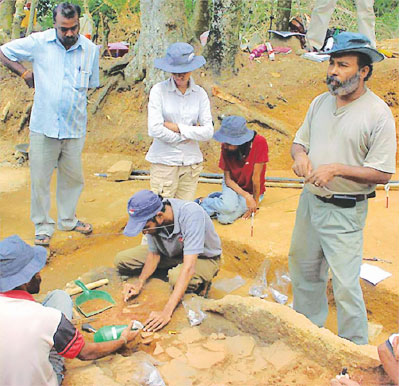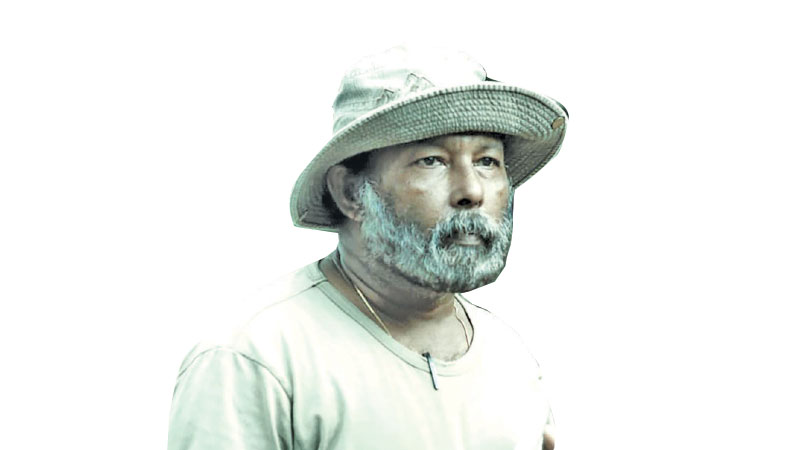Do you love history? exploring famous historical places and discovering unknown treasures? Have you ever wanted to be an archaeologist when you grow up? In this week’s career page we get to meet a famous archaeologist in Sri Lanka, Prof. Raj Somadeva who is a Senior Professor in Archaeology at the Postgraduate Institute of Archaeology in the University of Kelaniya. He will tell us what it’s like to an archaeologist and what it takes to be one.
Did you want to become an archaeologist when you were a child?
When I was in school, I never thought about becoming an archaeologist. I actually wanted to be an Army Officer! But during my A-levels, I started getting curious about the past. I loved reading magazine articles by a very smart Professor named Senerath Paranavitana, who could read and understand ancient stone writings. I didn’t fully know what archaeology was back then, but those exciting stories made me want to learn more and uncover the secrets of history.
What’s the most amazing thing you’ve ever dug up from the past?
Whatever I investigated in my past archaeology career interested me. Archaeology does not mean merely discovering curious objects that belong to our ancestors. It is a scientific process and method and needs creative imagination.
Archaeology—is not just a profession, but a way of thinking. My passion wasn’t just about the artefacts themselves, but about what they meant—the stories, the people, the unresolved questions of history.
How do you figure out how old something is when you find it?
In 1836, a Danish man named C.J. Thomsen came up with the Three Age System—the Stone Age, Bronze Age, and Iron Age—to organise old artefacts. Later, Oscar Montelius helped by comparing the styles of artefacts to guess their ages, a method called relative dating.
In the 1940’s, Willard Libby invented radiocarbon dating, which allowed scientists to find the actual age of things like bones and wood.
This was a huge breakthrough. Today, archaeologists also use other methods like Potassium-Argon dating and Thermoluminescence dating. These are called absolute dating because they try to find the exact age of ancient objects.
What tools do you use to explore ancient places?
Archaeologists don’t always need fancy tools—it depends on what they are trying to find and how they plan to look for it. If they are exploring places like jungles, they might use maps, aerial photos, or even pictures taken by satellites from space to help them find interesting spots.
If they want to look under the ground without digging, they can use some high-tech gadgets like:
= Electric resistivity meters (which send tiny signals into the ground),
= Fluxgate gradiometers (which can find hidden things by sensing changes underground), and
= Ground-penetrating radar (like radar that sees into the earth).
When it’s time to actually dig, archaeologists use lots of simple tools like small shovels, brushes, trowels, and even spoons to carefully uncover ancient treasures without damaging them.
What advice would you give to children who want to be archaeologists like you?
If you dream of becoming an archaeologist, get ready for a life full of adventure, curiosity, and hard work. Archaeology is not about treasure hunting or working in fancy offices—it’s about solving the puzzles of history, often outdoors under the hot sun, with dirt on your hands and determination in your heart.
Be curious
Ask questions about the past. Wonder about how people lived, what they believed, and why they built the things they did.
Study history and science
To be a good archaeologist, you need to learn a lot—about history, ancient cultures, how to think critically, and how to use tools and technology.
Be ready to get dirty
Real archaeology often means digging, hiking, sweating, and working in tough conditions—but that’s part of the fun!
Think like a detective
You’ll be uncovering clues from the past and putting them together to understand ancient lives. That takes creativity and careful thinking.
Do it for the love of history
Archaeology isn’t about making lots of money. It’s about discovering the past and protecting it for the future.







